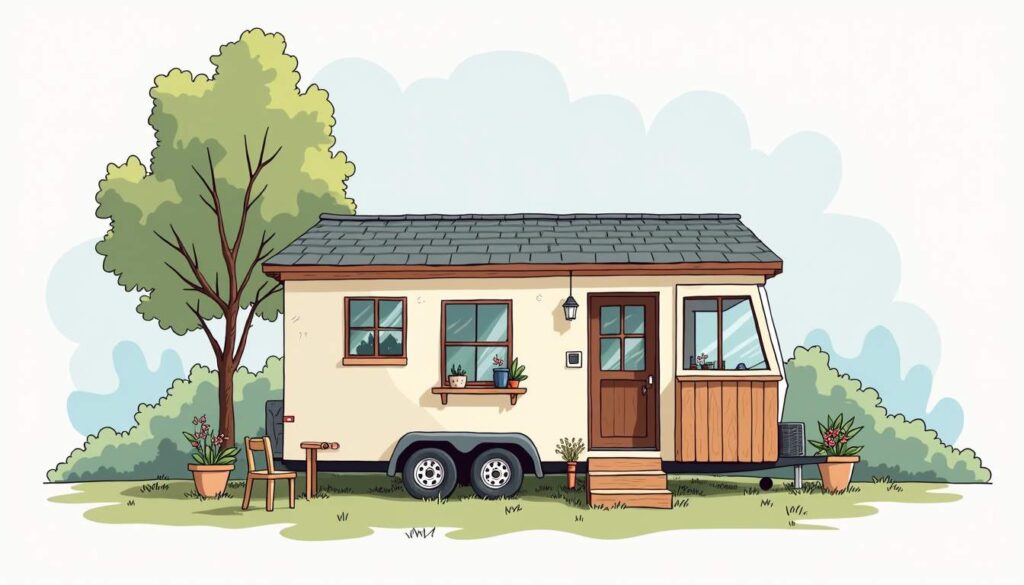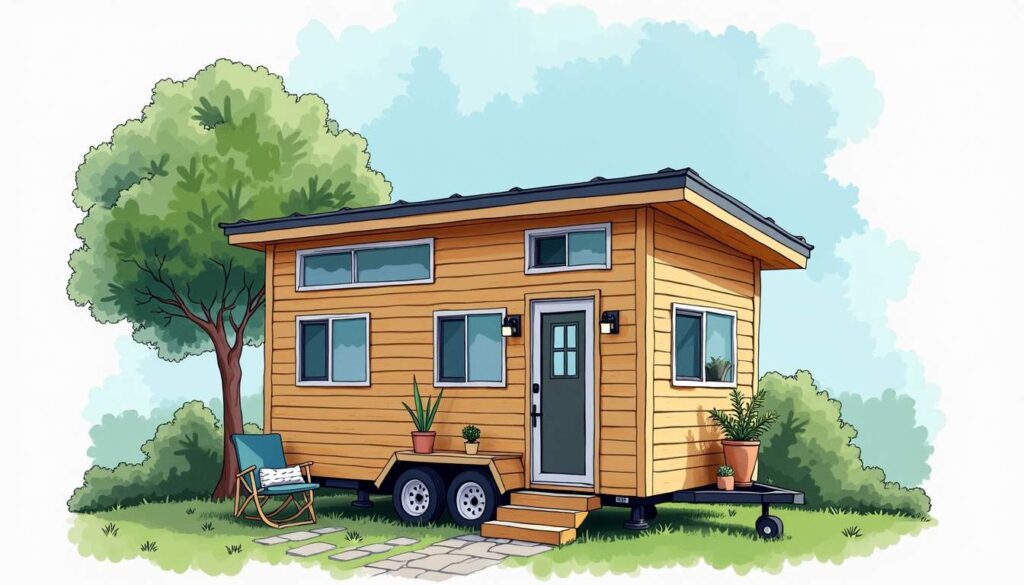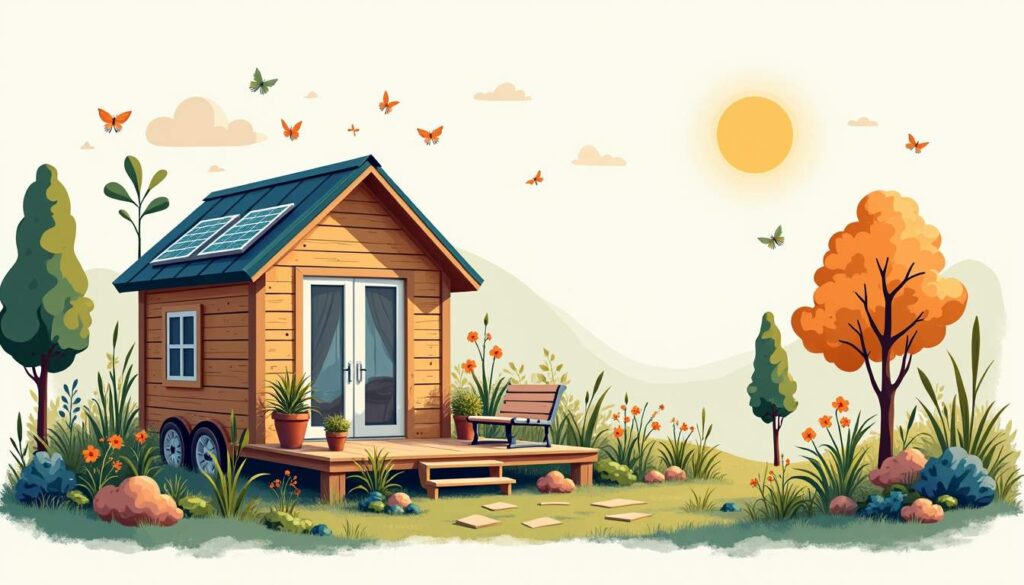7 Powerful Reasons Why Simple Living in Tiny Homes Is Transforming Modern Life
Simple living in tiny homes is gaining momentum as people around the world seek to reconnect with what truly matters. At the core of this lifestyle is the desire for freedom, sustainability, and a more intentional way of life. The tiny home movement has become a symbol of this shift—a practical, eco-friendly housing solution that emphasizes minimalist design, well-being, and personal fulfillment. In this article, we explore 7 compelling reasons why this way of living is changing lives, from its philosophy and history to its design principles and psychological impact.
1. The Philosophy Behind the Tiny Home Movement
The tiny home movement represents a shift in modern housing culture. Emerging in the early 2000s, it grew out of economic uncertainty, skyrocketing housing costs, and increasing environmental awareness. Tiny homes promote minimalism, sustainability, and living with intention—where experiences take precedence over possessions and efficiency matters more than excess.
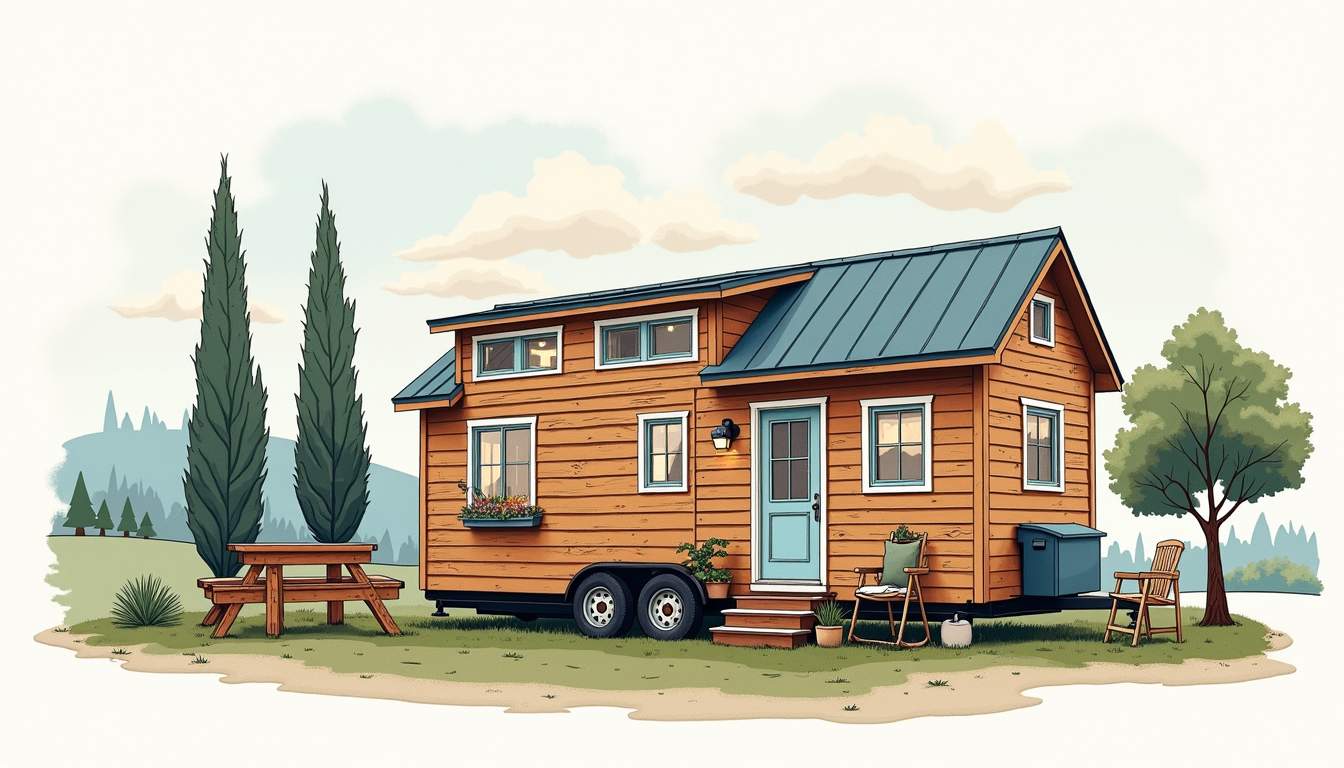
2. Historical Roots of Minimalist Living
Minimalist living has deep roots in traditions like Zen Buddhism and the teachings of Henry David Thoreau. These philosophies advocate for simplicity, self-reflection, and detachment from material excess. The tiny home movement draws on these values while adapting them to modern needs, emphasizing freedom from financial stress and a stronger connection to one’s environment.
Economic shifts, especially housing crises, also played a key role. As traditional home ownership became less attainable, tiny homes offered a sustainable and affordable solution, appealing to a wide demographic—from millennials to retirees—looking for flexibility and independence.
3. Core Values of the Tiny Home Lifestyle
Tiny home communities embrace sustainability, community building, and self-sufficiency. Many homes are built with recycled or renewable materials and include energy-efficient systems to minimize environmental impact. Learn more about how these choices align with our tiny home sustainability principles.
Moreover, it challenges traditional metrics of success. Instead of equating achievement with square footage or possessions, the movement prioritizes balance, fulfillment, and environmental stewardship—creating a deeper sense of purpose among its members.
4. Practical Aspects of Tiny Home Living
In practice, simple living in tiny homes involves maximizing space, minimizing waste, and embracing a design-forward approach. It combines smart architecture with multi-functional solutions, creating homes that are small in size but rich in function and comfort.
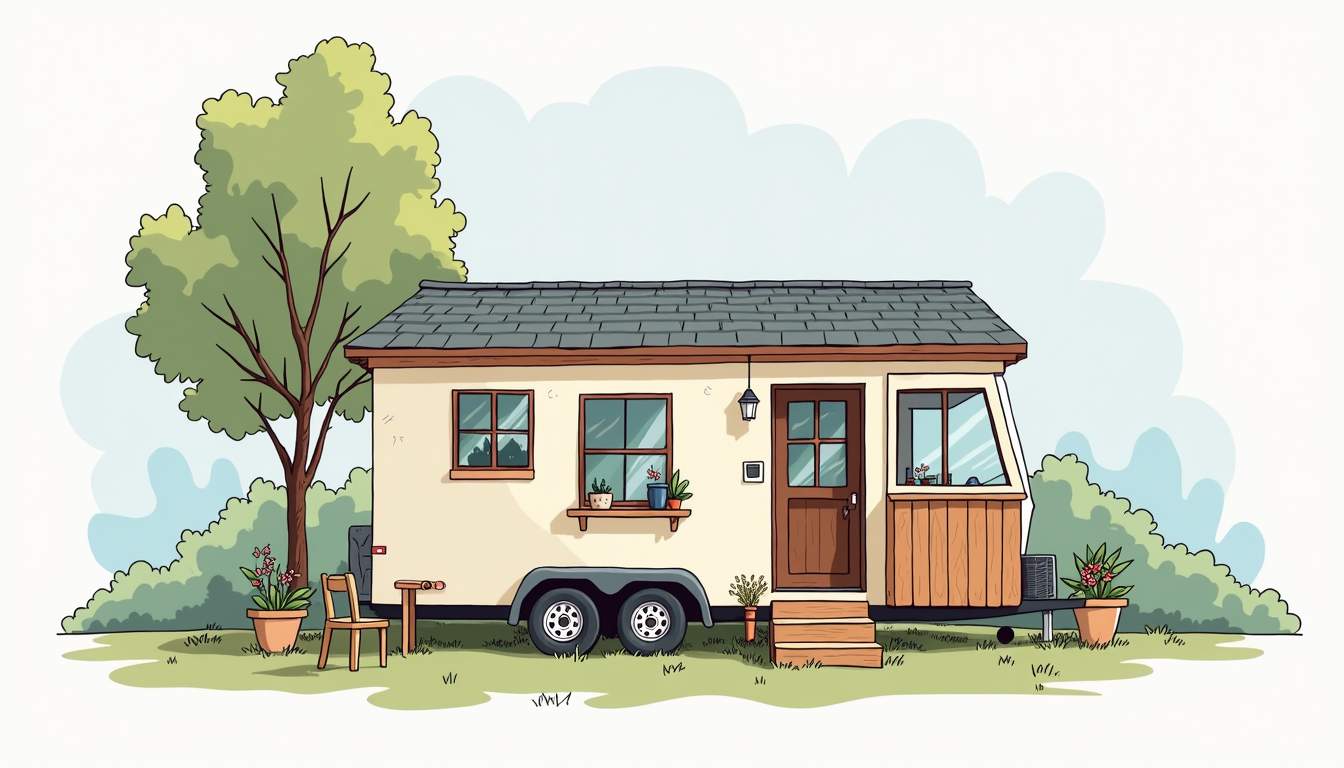
5. Smart Layouts and Multi-Functional Furniture
Creative layouts and multifunctional furniture help maximize limited square footage. Built-in storage, convertible sofas, wall-mounted desks, and lofted beds create flexible spaces that adapt to different needs. Outdoor extensions like decks or patios enhance usable space and foster a closer connection with nature.
6. Eco-Conscious Living Systems
Many tiny homes operate off-grid or semi-grid, using solar panels, rainwater catchment, and composting toilets. These systems reduce utility bills and environmental impact. They also promote sustainable habits like recycling, mindful consumption, and reduced waste.
7. Psychological Benefits of Simple Living
Living simply in a tiny home has far-reaching psychological advantages. Downsizing can alleviate stress, free up mental space, and create clarity in daily life. By eliminating excess, residents gain freedom—both financially and emotionally.
Freedom from Financial and Mental Clutter
With fewer bills and lower housing costs, tiny home dwellers can redirect funds toward passions, education, travel, or entrepreneurship. The reduced pressure to maintain a large home brings mental relief and flexibility in lifestyle choices.
Meaningful Experiences Over Materialism
With limited storage, residents naturally focus on relationships, experiences, and self-development. This lifestyle fosters intentionality, gratitude, and deeper personal satisfaction. Instead of collecting things, tiny living is about collecting moments and meaningful interactions.
To see how these ideas translate into real design strategies, check out our tiny home design ideas article for inspiration on how to make the most of your space while embracing simplicity.
Conclusion
The tiny home movement offers more than a housing alternative—it provides a complete lifestyle shift. By embracing simple living in tiny homes, people are reclaiming their time, finances, and sense of purpose. It’s not just about living smaller—it’s about living better, with clarity, sustainability, and intentional joy.
Want to explore more real-world applications of this lifestyle? Visit our Tiny Home Resources section for practical tips and planning support. You can also dive into “Why Own a Tiny Home?”, a comprehensive piece exploring the benefits, history, and realities of tiny home living—perfect for understanding the movement’s full potential.

